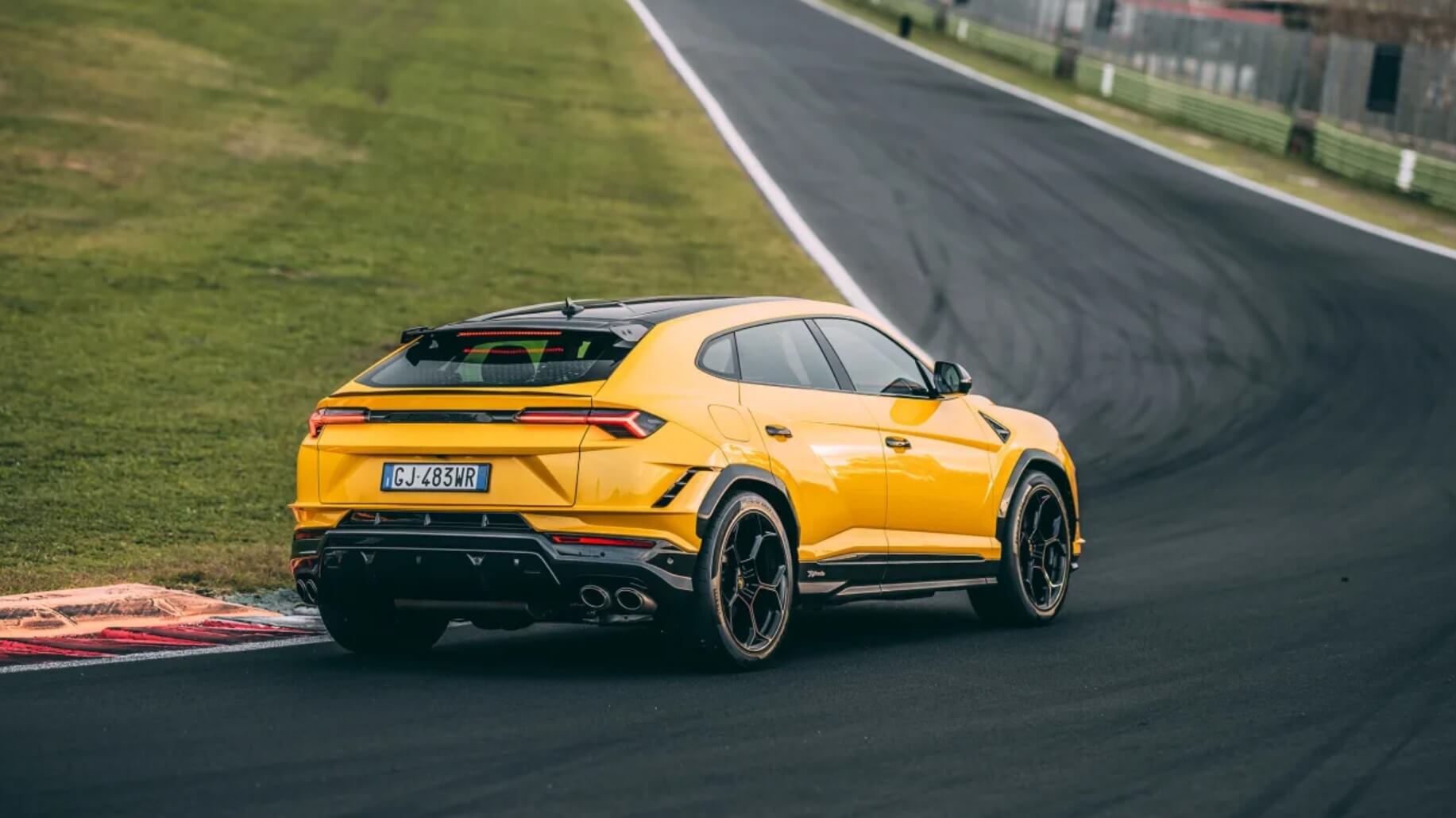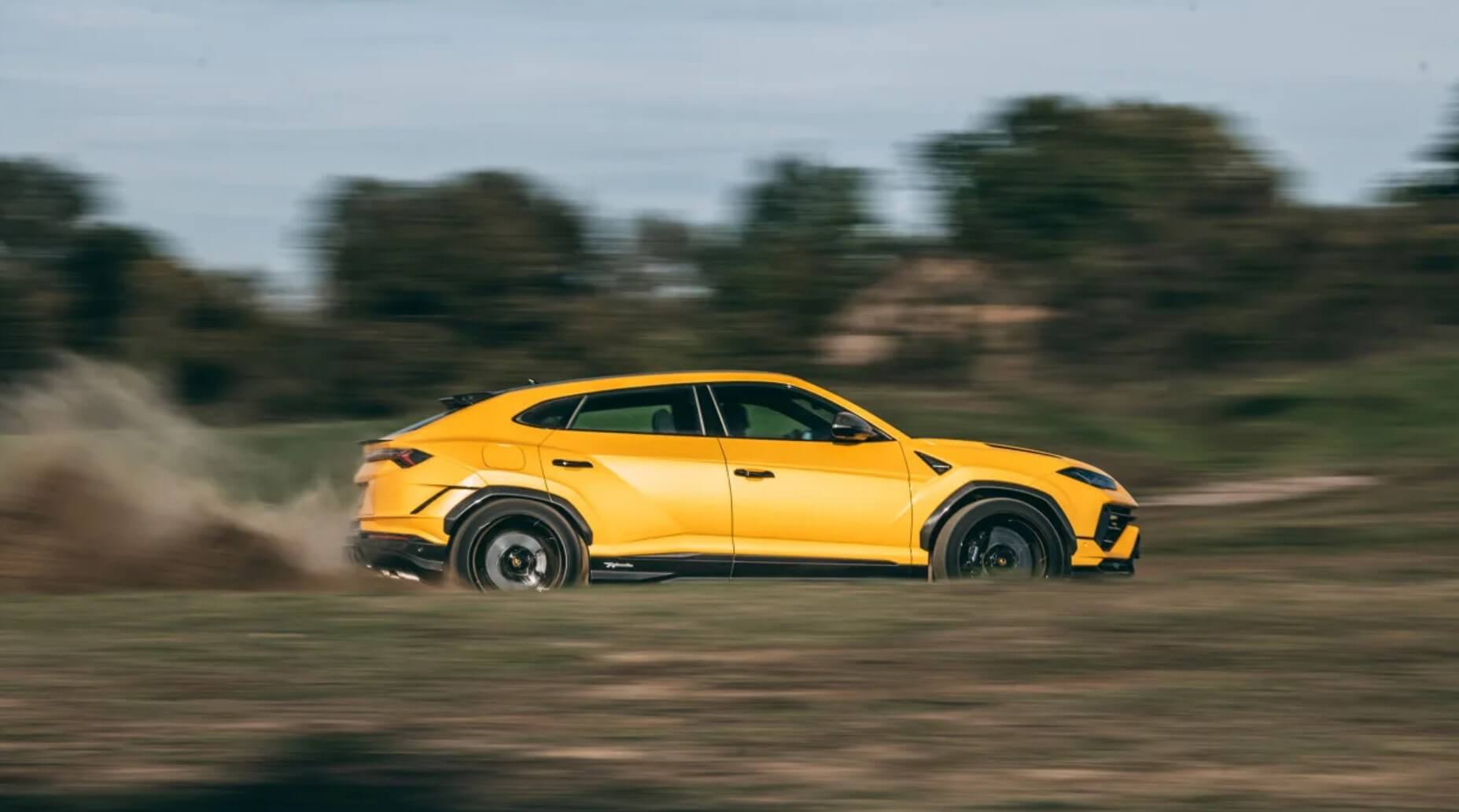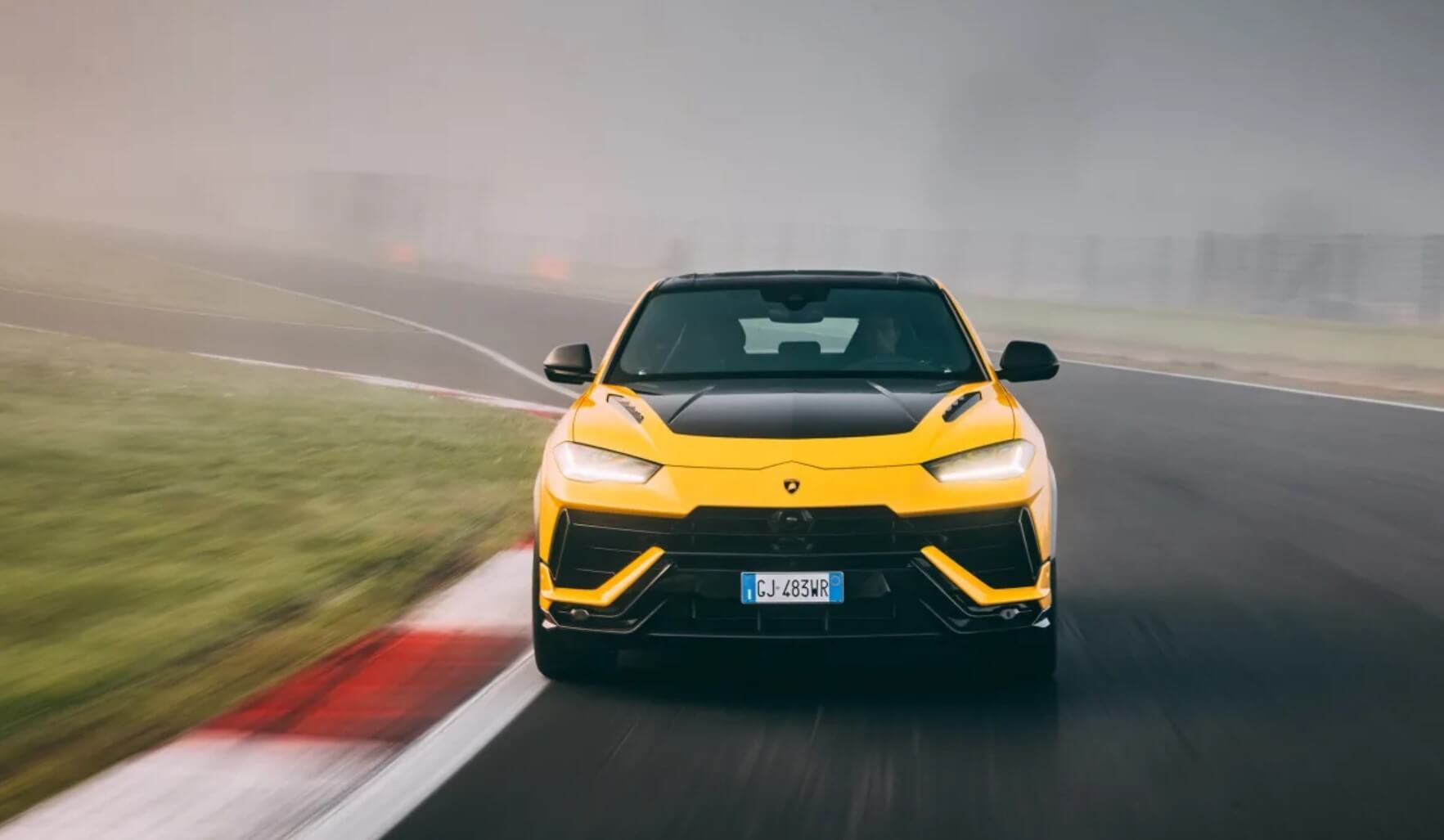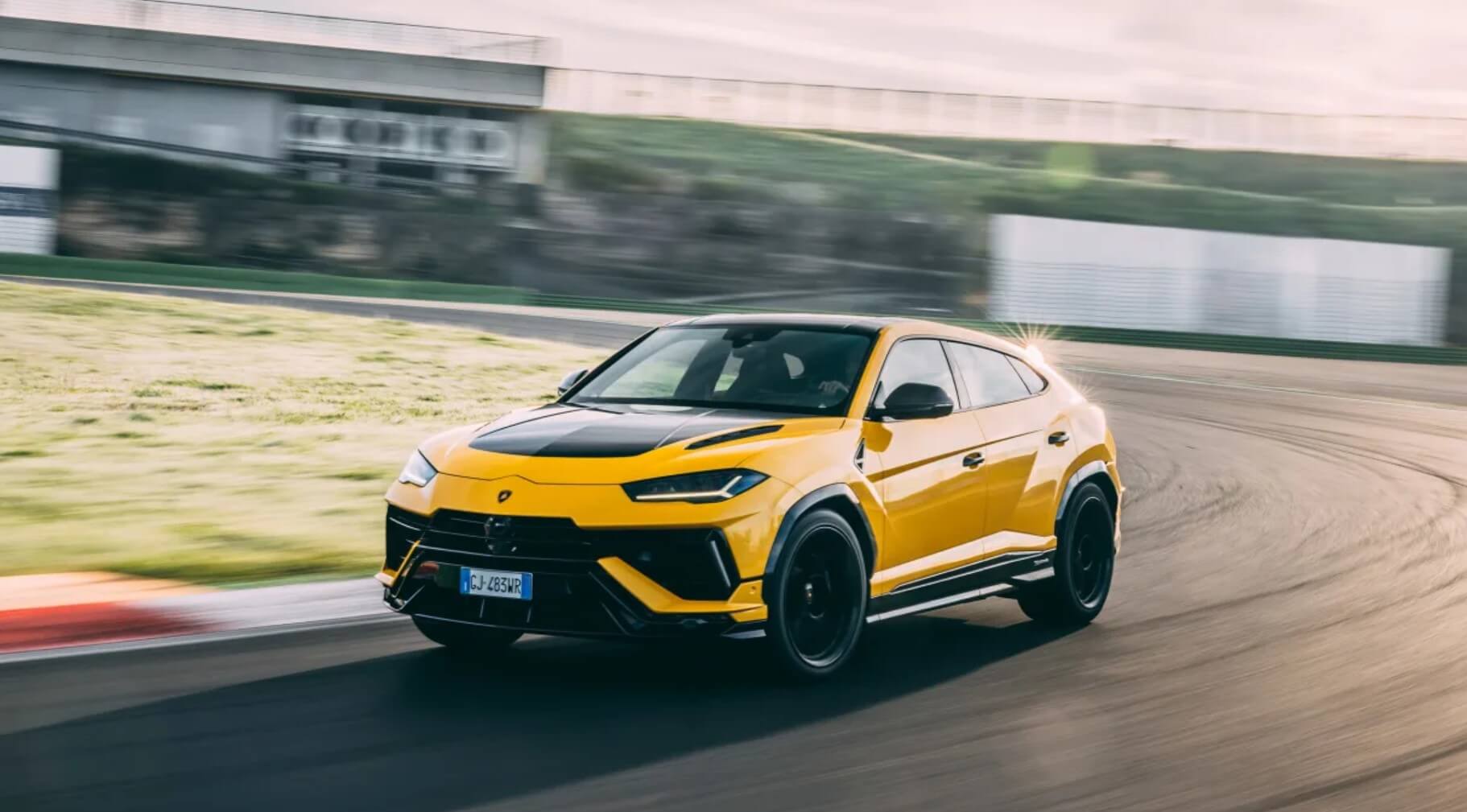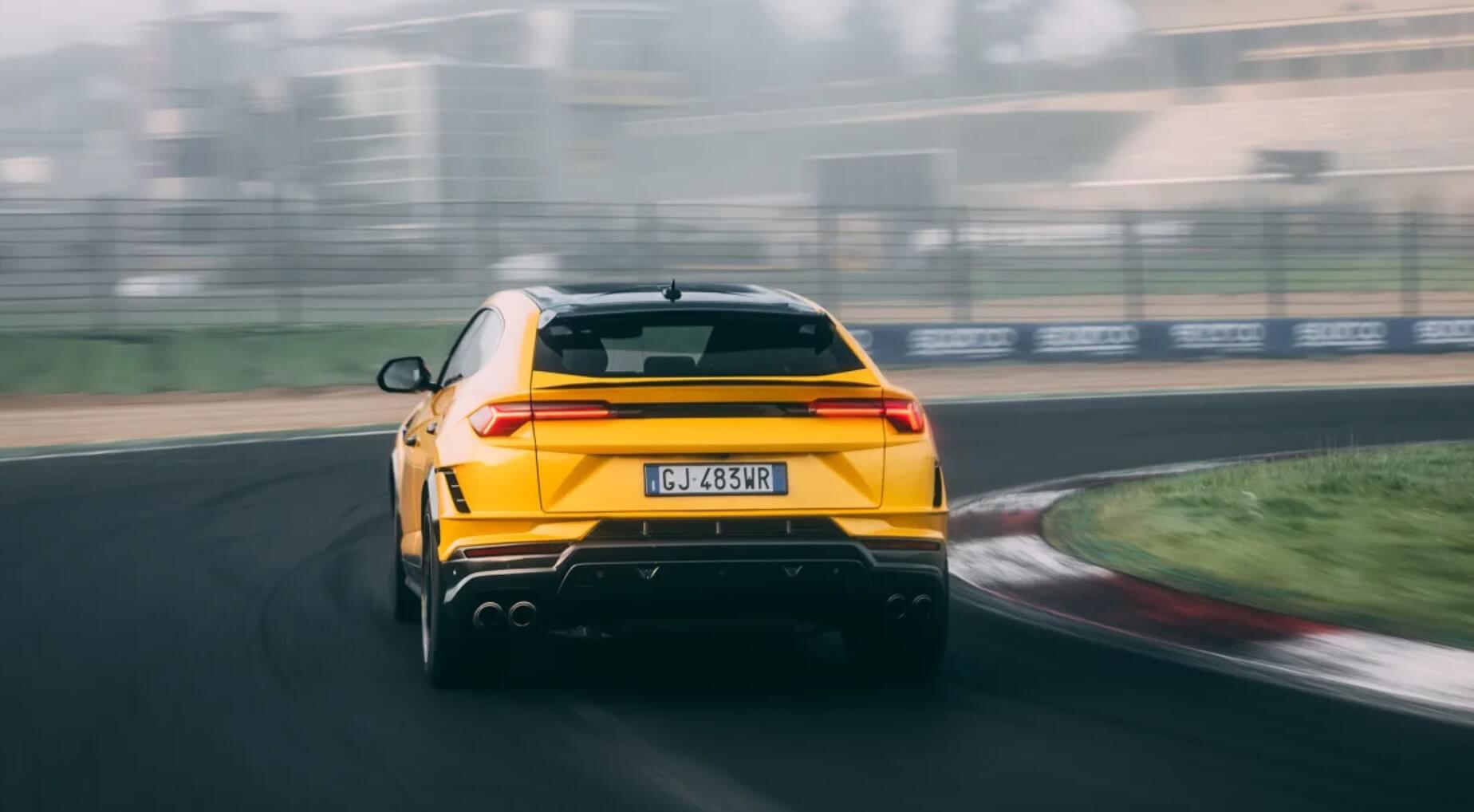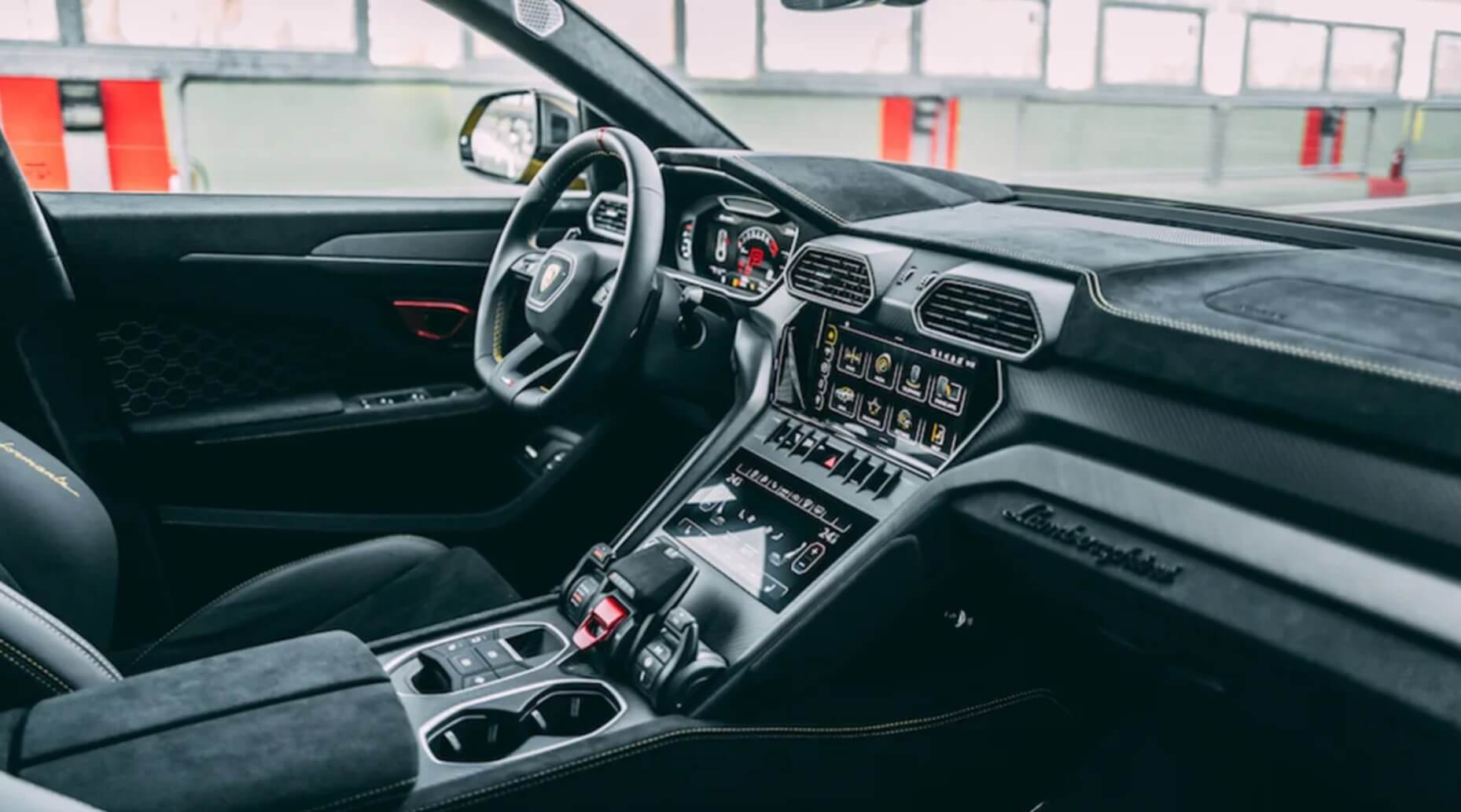Less weight, more power, more aggression: is the Urus Performante the new sports SUV champion?
It’d be remiss when reviewing the Lamborghini Urus Performante not to mention how out of kilter it is with the world around it. How can a $465,876, 490kW SUV slot neatly into a general populace worrying about climate and cost-of-living crises? The simple fact is it can’t, and to prospective owners that may be the very point. A stocky SUV with a track day focus is not a car designed to blend into the environments it traverses, while Urus sales – typically strong – have been off the charts in 2022. Lamborghini buyers clearly aren’t vexed about their energy bills this winter.
It would be unfair to single Lamborghini out in this regard, of course. While it claims it invented the ‘Super SUV’ class by launching the Urus back in late 2017, there are swathes of rivals – plenty among its wider VW Group relatives – that would feel similarly gauche in polite company. The Performante arrives to bulk the Urus up to better tackle its increasingly muscular rivals, and it does so with a considerable mechanical overhaul.
Given the way the Urus has flown off the shelves – becoming the best-selling Lambo ever in a laughably short space of time – the Performante could feasibly have received just a light ECU tickle, a frenzied paint job and a host of carbon aero bits and still sold by the bucketload. It gains all of those things, but there’s a whole lot more going on, too. Perhaps it’s a tacit admission that its base car bore just a little too much of the character of the RSQ8 with which it shared a number of components.
Let’s get the awkward bit out of the way: the Performante is neither the fastest nor the most powerful SUV on sale. The Aston Martin DBX707 and Ferrari Purosangue trump it on both counts, though the Performante does at least match their 3.3sec sprint to 100km/h. It’s unlikely too many buyers will feel short-changed with the rest of its spec sheet, mind; the 4-litre twin-turbo V8 from the original Urus now produces 490kW, though torque is unchanged – at 850Nm – on account of the eight-speed automatic transmission not being overly keen on taking much more. Well, at least in the world of VW Group tolerances. The top speed is an entirely adequate 305km/h.
I say ‘original’ Urus because the Performante shares this tune of engine with the now entry-level Urus S, effectively a mid-life rejig for the model as a whole. But while the S continues to ride on air suspension, its wilder sibling is fixed 20mm lower on lighter steel springs to keep its centre of gravity as low as possible. Not making the thing an SUV in the first place would lower it yet further, of course, but that’s a road we’re now too far down to consider a dramatic U-turn.
The Torsen centre differential is changed, a new piece of hardware that’s capable of sending more power to the rear axle more of the time, while torque vectoring on the rear differential shifts in aggression as you toggle through the refreshed driving mode selection, which sees the three loose-surface options of the Urus and Urus S replaced by one: ‘Rally’. Perhaps ‘Drift Mode’ would have just been a little too uncouth, but the general vibe is the same. Lamborghini laid on Vallelunga’s short dirt stage to prove it.
Downforce is up 38 per cent with the assistance of a new rear wing while weight drops 47kg – to a still portly 2150kg – with the help of some carbon panels, an Akrapovic titanium exhaust and optional forged wheels with bespoke compound Pirelli P Zero Trofeo R tyres. Yep, we now occupy a universe where semi-slicks are OEM parts on an SUV. There are also 16mm wider tracks over standard and a retune of all the Urus’s various systems – such as the rear-wheel steering – to try and bring them all together into one, homogenous package, something we found the outgoing car never quite delivered.
The caveat is our first drive of the Performante is limited to the track, so any critique of how it rides on its new springs will have to wait. But the quicker corners in the first half of Vallelunga are a fine place to show off this Urus’s additional downforce. You can commit slightly unfathomable speed into turns and the car won’t just stick, it’ll actively egg you on to try a little harder next time. It seems to pervade the same sort of foolproofness as a VW Golf R, just with loftier stature and possessing more than twice the power.
Medium- to high-speed corners show off an astoundingly keen front end, in fact, and an incisiveness you’d not have credited a car of this mass with a few years ago. In a world of DBX707s and Cayenne Turbo GTs, the Urus isn’t alone in this regard, but for it to feel so at home on a racetrack is still faintly jaw-dropping. The rear follows very faithfully round no matter how early – and harshly – you’re back on the throttle, at least in the gnarliest Corsa mode. It’s a touch more playful in Sport or (naturally) Rally.
The steering doesn’t brim with feel but is quick and precise without unsettling the car, presumably aided by that drop in ride height and anti-roll tech. The gearchanges – downshifts in particular – are also sharper than before, as is throttle response. To say the car bounds voraciously through its ratios on the circuit’s longer straights is an understatement, though the ‘enhanced sound’ of its new exhaust system appears to better entertain those outside of the car than in it. Perhaps that’s the aim.
It’s in the tighter, more technical corners of Vallelunga’s latter half that the Urus’s limits loom into view, particularly after prolonged laps as grip starts to fade and the brake pedal softens. The Performante remains impressive but simply can’t run from its kerb weight in second-gear corners, which require a deep brake if you’re to accurately point yourself at the apex without scrubbing wide. Despite the Torsen diff being keen to throw power rearward, it’s the front end that needs most careful management. But once you’ve turned you can get on the power pretty keenly, the whole thing hunkering down and projecting you toward the next turn with almost comical pace.
This is all on its semi-slick Trofeo Rs on a warm Italian racetrack. Quite how many buyers will specify them – especially given it means riding on piffling 22s rather than optional Y-spoked 23s – or even take their car on a trackday is another matter. It’s an impressive machine on circuit, but is it a fun one once the sheer novelty of what it’s achieved has faded with the brakes? It’s a question I’m still pondering. Performantes will undoubtedly live the vast majority of their lives on road rather than track, and it’s there that we’ll deliver a more definitive verdict when we can. But know that it recorded 48.7L/100km on circuit…
If you can afford that, you may already have a traditional sports car in the fleet to satisfy any track day addictions. Though it’s hard not to at least respect – perhaps even admire – the effort that’s gone into making the Urus handle like this. And whatever visceral reaction you had to this car’s existence is arguably moot because there’s an 18-month waiting list, and both the Urus S and Performante will be gone by 2024, meaning you’ll have to be swift to secure one of the remaining build slots. Lamborghini’s electrification plan is ramping up to the point its whole range will be plug-in hybrid in two years’ time, with a full EV arriving in 2028. Indeed, 2022 is the final year where every new Lamborghini is powered purely by internal combustion.
Other points of note? The interior gets rolls of black Alcantara but keeps its massaging seats. There’s a host of wild and wacky paint colours that reference iconic supercars from the company’s past, but the Ad Personam personalisation scheme means you can tailor to your heart’s content – or neighbours’ displeasure. And while you retain a choice of four- or five-seat layouts, other aspects of the Urus’s usability are lost. The Performante won’t allow a tow bar or roof rails and its lower chin will be less forgiving of more brutal street architecture in the urban environs it might regularly inhabit.
The Urus isn’t short of cheaper rivals with almost comparable performance; there’s the Audi RSQ8, Bentley Bentayga S and Porsche Cayenne Turbo GT from within its own VW family, while those wishing to make a truly punchy statement might have their heads turned by the Mercedes-AMG G63 and freshly revealed BMW XM outside of the group. There’s also the Aston Martin DBX707 and new Ferrari Purosangue, so plenty of options in this high-riding supercar segment.
Stephen Dobie





